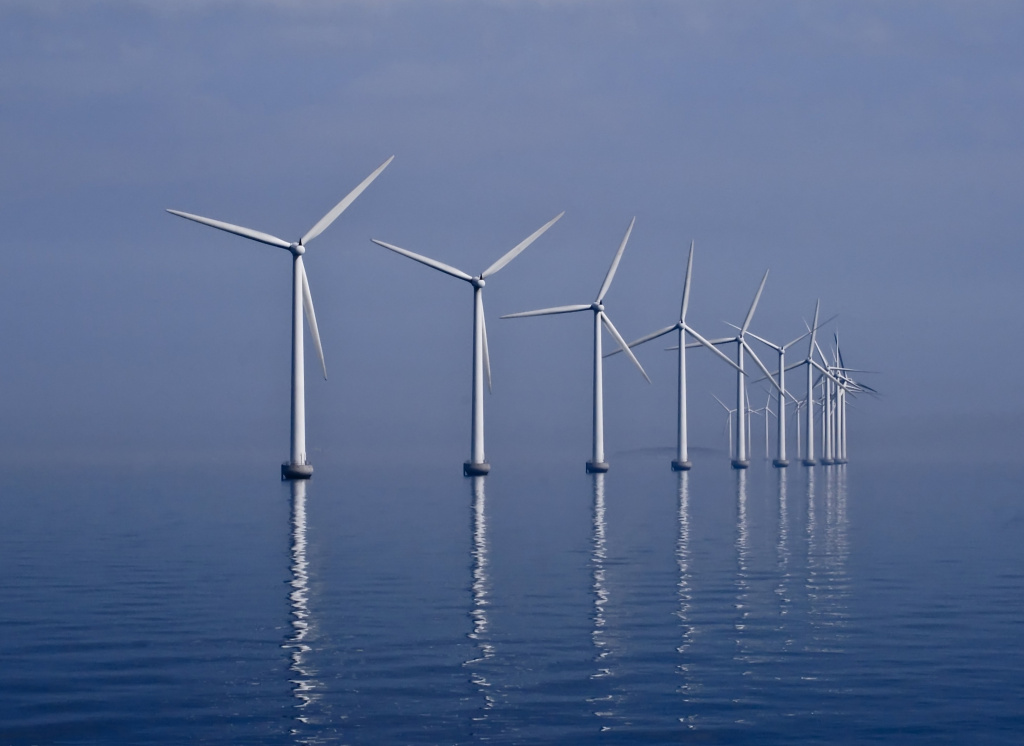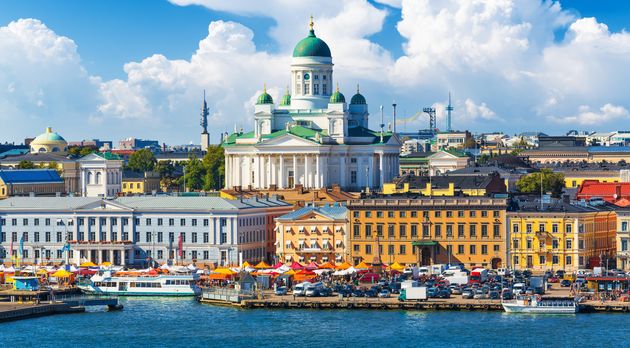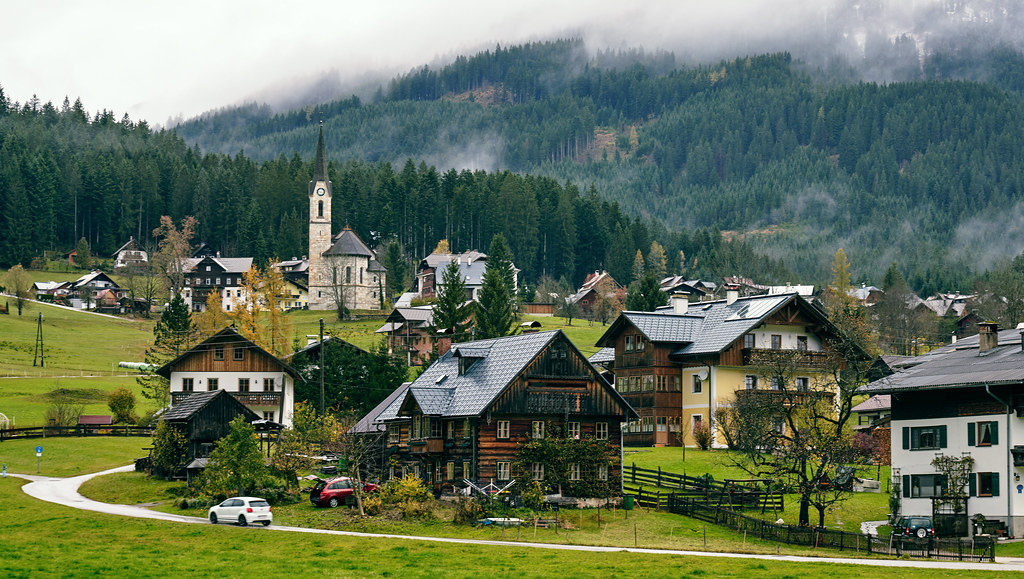UN SDGs, United Nations Sustainable Development Goals, also recognized as the Global Goals, were defined by the United Nations in 2015 to save the planet, end poverty, and ensure that by 2030 all people enjoy peace.
The Division for Sustainable Development Goals (Un SDG) in the United Nations supports the SDGs and their associated thematic issues, including water, oceans, climate, transport, science and technology, energy, urbanization, and the Global Sustainable Development Report.
Though the goals are vast and interdependent, the SDGs were established more “actionable” by a UN SDGs Resolution adopted by the General Assembly two years later.
According to the 2019’s Sustainable Development Goals Report, many countries’ action plans and policies have resulted in progress in a few areas but the global response is not up to the mark yet.
SDG Index[SDGI]:
The Sustainable Development Report 2019 presents an updated SDG of countries’ distance to SDG targets. It evaluates countries performance on the 17 SDGs and gives average scores. As such, all 17 goals are weighted equally in the Index.
Four years after the adoption of the 2030 SDG agenda, here’s a list of the top 5 countries which are close to the target:
1. Denmark:
With a score of 85.2, Denmark ranks 1 in the SDG index. Its action plans have helped the country to achieve goals like- No poverty, Reduced inequality, Peace & Justice.

Denmark’s target to achieve a goal of 100% renewable energy by 2050 has paved the way for innovations in developing affordable-clean energy, clean water & sanitation and sustainable cities. The Danish government has also formulated action plans in order to attain 37 targets based on national circumstances. These action plans would boost their speed in achieving other SDGs.
2.Sweden:
Prior policies and action plans have helped Sweden to score 85 and ranks 2nd in the SDGI. The Swedish government had formulated public health policies for every citizen before 2015. This has supported the health and wellbeing of the citizens. Sweden had also set up environmental quality objectives and the generational goal. The passive buildings built in Sweden also contributes to a better environment.

The prior policies and activities have helped them to achieve a few goals. Having met the goal, Sweden sets an example for other countries to meet SDG’s like no poverty, health and well being affordable and clean energy.
3. Finland
Finland ranks 3rd with a score of 82.8. Finland’s strengths include education, societal stability and an administrative model of sustainable development. Finland’s Prime Minister’s Office has conducted “roadshows” to spread awareness on the 2030 Agenda’s implementation. Consequently, this motivates the citizens to support SDG objectives. It also focuses on carbon-neutral energy sources.

Finland is also ranked as the happiest country by the World Happiness Report 2019. Finland has been able to achieve goals like- NO poverty, Quality education, Reduced inequality, Affordable and clean energy.
4. France
France ranks 4th in SDGI with a score of 81.5. The country has achieved a high standard of living by inclusive social security systems and access for all to healthcare and basic needs. The country has also developed state-of-the-art public and private infrastructures to support art and innovations.

Any person residing legally in France is also guaranteed a minimum income and essential services (education, housing benefit, etc.). As a result, these policies have helped the country to eradicate poverty and support health and well being.
5. Austria
Austria ranks 5th with a score of 81 in SDGI.1.Austria’s high share of electricity derived from renewable energy sources is taking Austria closer to achieve affordable and clean energy.
The Austrian Federal ministers are commissioned to implement SDGs in their respective field of competence. Concerning business engagement with respect to the SDGs, the Federal Ministry for Digital and Economic Affairs focuses in foreign trade policy on the private sector and business projects that identify connecting factors between the core business of Austrian enterprises and the 2030 Agenda.

Austria is one of the richest countries and has a well developed social market economy. Also, this helps in achieving the goal No poverty, Peace Justice and Strong Institutions.
Due to their large population, China [ranked- 39], India[ranked- 115] and the United States[ranked- 35] account for the largest shares of global SDG performance gaps. For example, India alone represents 23.1% of the total achievement gap in SDG 2 (Zero Hunger). If India eradicates undernourishment (14.8% of the Indian population) the world will be 25.2% closer to having achieved the SDG target on undernourishment. Similarly, if China reduces its emissions to 2 tons of CO2 per capita per year, the world would be 31.4% closer to having achieved the SDG target on CO2 emissions.
No country is on track for achieving all 17 goals. Likewise, major performance gaps are seen even in the top countries on SDGs like- Responsible Consumption and Production, Climate Action, Life Below Water and on Land. Hope next year the gaps reduce.

